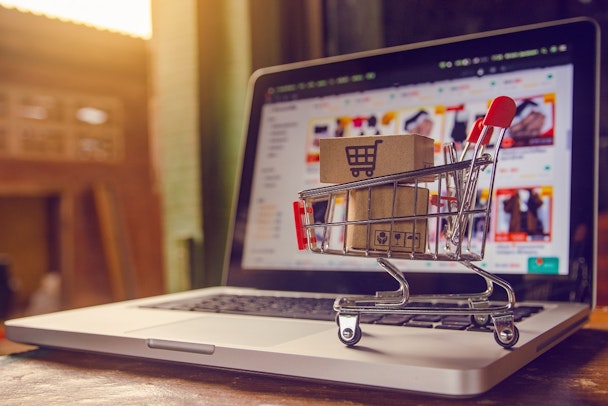B2B: How to prosper with a balance of marketplaces and direct channels
The rise of B2B marketplaces is unstoppable and the decision whether to get on board or to compete independently is one that every business has to face head-on.

Every B2B company is not only a seller but buyer too. To safeguard the supply chain, B2B buyers seemed to have turned to marketplaces as a source of alternative providers. A recent survey found that 22% of B2B purchasing managers spent “significantly more” on marketplaces during the first-wave lockdown. However, marketplaces were already top-of-mind before the crisis and are expected to generate $3.6 trillion in sales by 2024, up from an estimated $680 billion in 2018 when the prediction was made.
The entry of Amazon into the B2B space is both a reflection of this change, as well as one of its major drivers. Last year, net revenue of Amazon Business rose by 60% to $16bn, and in the US, less than five years after launching, it is in the top five of every B2B vertical in which it is active.
Just as we saw with B2C, the growing dominance of Amazon and Alibaba in B2B is not deterring other entrants. In 2010, there were just 20 B2B marketplaces in Europe; now there are over 300.
The good, the bad, and the ugly
B2B marketplaces would not be taking off the way they are if sellers did not believe that the advantages outweighed the direct cost of listing (which, on Amazon Business, ranges from 5% to 47%).
B2B sellers pay to be on marketplaces because that is where their customers are, and where their customers increasingly like to do business. These customers, the B2B buyers, are looking to protect their supply chains, but they also want to save money. One of the bugbears of traditional B2B, even B2B e-commerce, is the lack of price transparency. B2B is a maze of long-term relationships, tiered discounts, and complex payment terms built upon vast product catalogs. The price comparisons that we take for granted in B2C have never really been possible in B2B before the arrival of marketplaces.
This means that for better or for worse the principal differentiator on B2B marketplaces is price, just as it is in B2C. This puts the squeeze on brands. The marketplace is not interested in what makes your brand stand out; on the contrary, it has to create a level playing field where each B2B seller presents its products in the same way. But, you are cut off from your brand, and you are also cut off from your customer.
Marketplaces may give you access to a vast customer segment, yet these customers do not belong to you (even when they buy from you). You won’t have access to insightful data about your customers nor will you be able to market directly to them. That makes it difficult to build your business.
The customer experience is the brand so you need to consider very carefully if you are prepared for a marketplace to hijack your brand and your customers in exchange for higher sales (sometimes much higher sales). Then again, if the marketplace(s) you are on stunt the development of your brand, you will lose out in the end.
If you cannot join them, beat them
Manufacturers are often at the mercy of marketplaces because they cannot easily launch their own to sell their own products. Such an initiative takes time, money, focus — and may fail and just because they’re all the rage does not mean that they’re all successful.
Can manufacturers prosper independently of marketplaces? Of course, they can — but not if they compete on price. The way to take the fight to marketplaces is to leverage what you know about your customers and their pain points to offer value-added services. Marketplaces are a one-dimensional window on your brand, but on your own eCommerce site, as part of a customer journey that you create, you can switch channels for a richer interaction, making the customer feels valued, not commoditized.
It does not have to be a straight yes or no to marketplaces. Technology gives you the option to be smart and fluid in your strategy – if you have the right technology that is. A state-of-the-art DXP allows you to sell directly to your traditional network of distributors and to the end-user of your product; depending on your product, you could create brand awareness on the marketplace(s) and leverage that on your direct channels to offer premium products or services.
To learn more about the D2C why not download our most recent eBook: The Three Pillars of Successful B2B Digital Transformation, where we reveal we reveal how B2Bs can successfully respond to change and invent the disruption of tomorrow.
Content by The Drum Network member:

Ibexa
Ibexa helps B2B companies to stay relevant and succeed by transforming traditional sales strategies into frictionless buying experiences
Find out more
